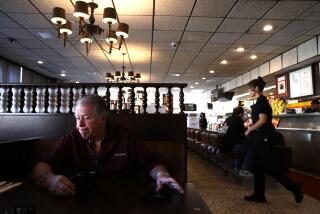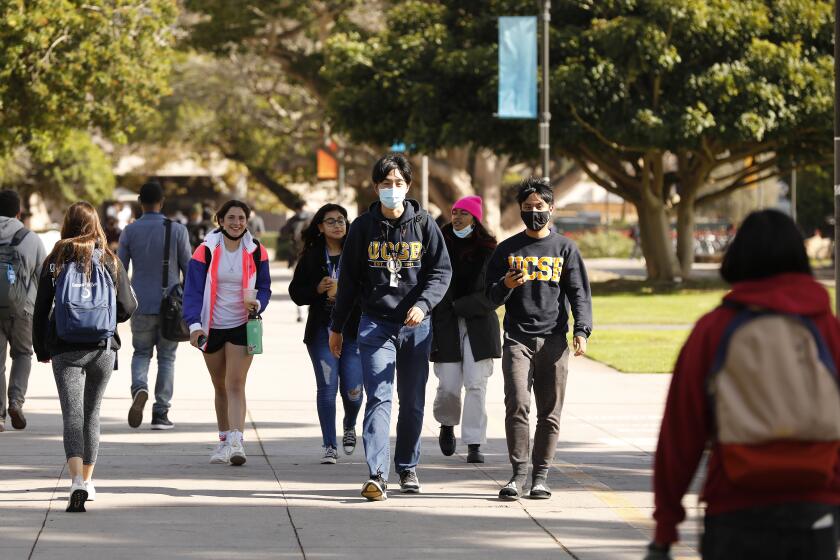Neighborhood Birth Pains
There’s always been a lot riding on the success of Los Angeles’ grand experiment with neighborhood councils. Maybe too much.
Drafters of the new city charter touted neighborhood councils as a way to build bridges between communities in this fragmented city. Local activists expect the councils to make bureaucrats and politicians more responsive, pressing them to keep streets repaired and parks cleaner and to upgrade aging city facilities.
These are tall orders for voluntary community groups with no formal power. But we have fine home-grown models: The 8th District Empowerment Congress, created in 1992, has helped bring business into South Los Angeles and clean up trash-filled alleys. In the four years since it convened, the South Robertson Neighborhoods Council has taken steps to beautify streets and formed a neighborhood watch.
With the new charter in effect, pressure is growing on city officials to produce a coherent, thoughtful plan to guide these and fledgling councils, as the charter directs. That pressure is increasing just as the new city department and commission that will oversee the councils are experiencing turnover. Earlier this month, Mayor Richard Riordan reassigned two members of the Board of Neighborhood Commissioners, including the chairman; two new members will have to play catch-up at a critical stage. At the same time, the Department of Neighborhood Empowerment, responsible for drafting the rules that will govern the councils, has lost some key staffers.
Activists in the handful of existing community groups are understandably restive. They want to be ready, once the City Council approves new rules, to request certification as neighborhood councils and to receive the city-sponsored training and staff assistance that come with certification.
The charter requires neighborhood councils to be more diverse and broad-based than NIMBY-ish homeowners groups; the councils, for example, are likely to include tenants, business owners and local nonprofit groups along with homeowners. The hope is that these councils will pull together and take a proprietary interest in their communities. But the charter is intentionally vague on how these councils are to define their sizes, boundaries and memberships and on how they are to operate. Those issues, however, will determine whether the councils can speak for their neighborhoods and make themselves heard in City Hall.
The Department of Neighborhood Empowerment and outside groups, such as the League of Women Voters, are drafting proposed plans for the councils, due this fall. The City Council has six months to make its own suggestions before the rules become final, and it can pick and choose among the offered plans.
What’s needed now is some stability. The mayor, who has claimed charter reform as one of his most significant accomplishments, should put good people on the neighborhood commission and then leave them to do their job. The department could do better at making the city’s many constituencies feel they’ve been heard.
Community councils could be a huge step forward for Los Angeles, drawing in residents to improve their neighborhoods and fostering connections across this vast, anonymous city. Or these councils could dissolve in apathy or carve up little fiefdoms fighting for neighborhood perks. The outcome is still very much up in the air.
More to Read
Sign up for Essential California
The most important California stories and recommendations in your inbox every morning.
You may occasionally receive promotional content from the Los Angeles Times.





